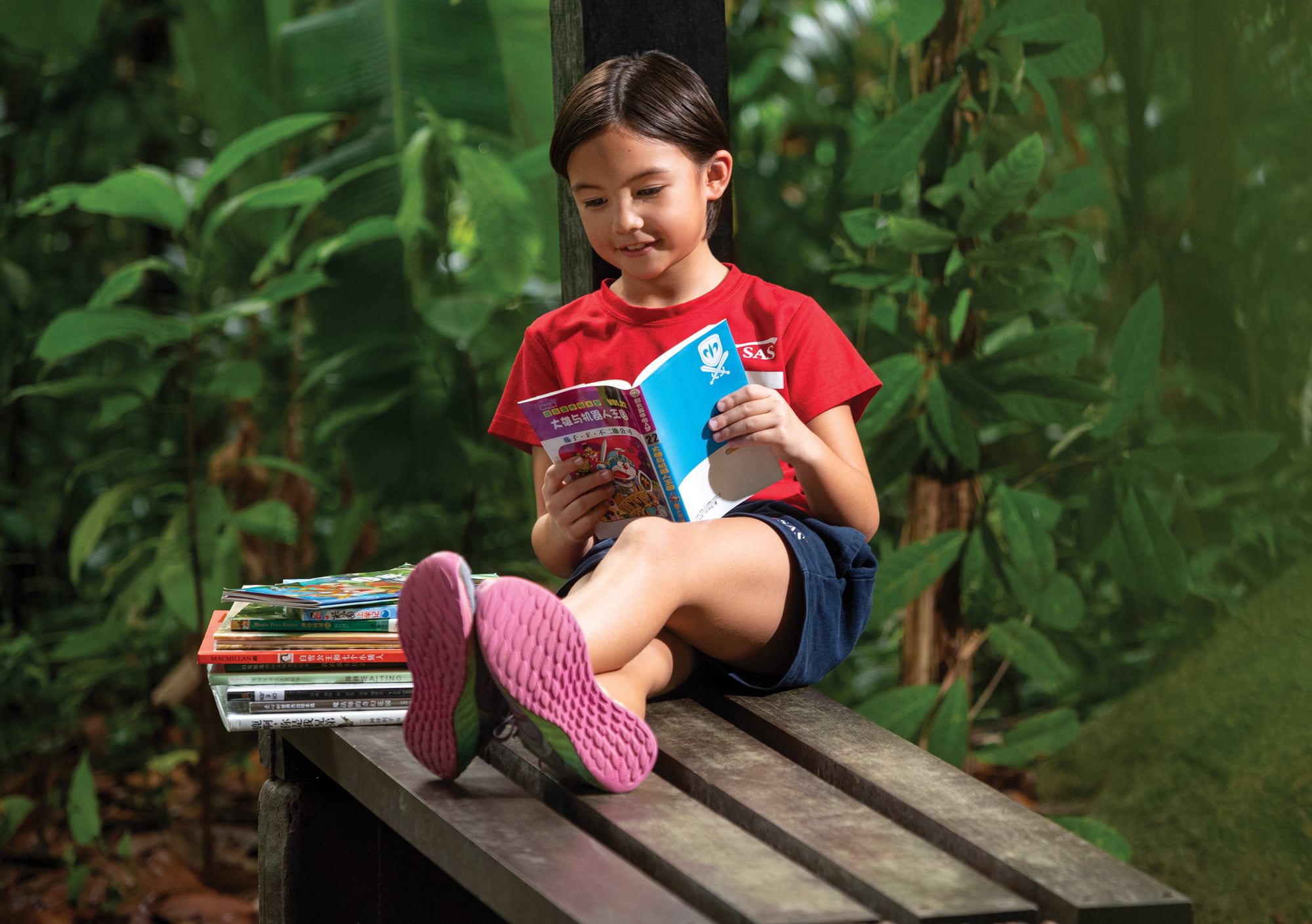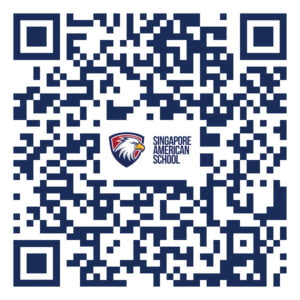- Sponsored Content

Living in an interconnected age, it’s more important than ever for our children to better understand the world around them. At Singapore American School, those enrolled in our Chinese immersion programme go beyond simply learning the language, they use the language for learning. Through the programme, students have language opportunities integrated into every moment of their school experience, allowing them to gain a deep understanding of the vocabulary and truly become global citizens.
What will immersion students learn to do?
- Communicate directly with English and Mandarin-speaking communities on a variety of levels.
- Gain the cultural competency of someone who knows what it is to have two inner worlds based in the roots of two different languages and values.
- Practice critical thinking that allows them to analyse conflicting messages or information between languages, and come to reasonable conclusions.
- Develop deep character, with the ability to understand two different value systems and ways of life.
- Collaborate with Chinese and English speakers and create bridges between communities.
- Creatively bring two language worlds together in exciting ways through a variety of media.
Preschool through first grade – Chinese immersion programme
According to research, children have an innate ability to acquire languages at a young age. Through an immersive model, students at Singapore American School learn language the same way they learn their first language and develop better metalinguistic awareness, leading to higher academic achievement. They have the advantage of developing the pronunciation, structure and intonation of Chinese and English easily and successfully.
Immersion in early years builds children’s oral Chinese language skills and ensures greater success in literacy skills. Research shows that people who are bilingual from a young age tend to have greater densities of grey matter in areas of the brain that are associated with language processing.
Second through fifth grade – two-way bilingual programme
Immersion/bilingual programmes lead to higher student outcomes when they’re provided to the participating students for at least six years to reach native-like proficiency and grade-level achievement. At this level, instruction in English and Chinese progresses to 50-50 to develop a high level of academic proficiency in both languages.
The experienced Chinese immersion teachers at SAS work in partnership with a Chinese-speaking instructional assistant. In addition to being highly skilled, SAS teachers and instructional assistants are dedicated to connecting with students and engaging them at every step of their learning journey.
How is the immersion programme implemented at SAS?
The SAS immersion programme was rolled out in August 2017. Its vision and goals emphasise bilingualism, biliteracy, and sociocultural competence with a focus on high academic achievement in both languages. The 80/20 immersion to 50/50 bilingual programme model helps students to build academic language in Chinese and English starting from our early learning centre, where oral language development is the primary focus.
Reflecting cultural and language equity, the programme is open to native speakers of Chinese as we believe it’s important that children receive instruction in their native dialect in order to develop academic language. Literacy in Chinese and English is developed from kindergarten through to fifth grade.
 Inside the classroom
Inside the classroom
The immersion classes participate in the same annual excursions as the other grade level classes. Such excursions are fun but also related to their content learning, so that there are extended learning opportunities in context. Kindergarten classes visit a nearby nursing home as part of their service learning and all classes visit Chinatown just before Chinese New Year as part of their Social Studies.
The elementary school also has a schoolwide celebration for Chinese New Year. The immersion classes perform for the other grades as part of the assemblies. The 1:1 iPad programme at SAS enables students to use different learning apps in Chinese to enhance their learning in class as guided by teachers and assistants.
Opportunities abound in after school activities and include calligraphy, paper cutting, and even Junior Journalists (where students produce their own tri-lingual magazine in English, Chinese, and Spanish), along with a number of wushu and martial arts classes.
Many parents have taken their families to China and have great tales to tell of their five and six year olds helping to negotiate their way around with bookings, ordering meals, and more!
 If you want to learn more about the immersion programme for your elementary child, you can attend an admissions virtual event on 18 January, or contact the admissions office at sasinfo@sas.edu.sg or call +65 6360 6312 to discuss eligibility and availability. Fluency in English is required for incoming kindergarten immersion students. Prior exposure to Chinese language is not required.
If you want to learn more about the immersion programme for your elementary child, you can attend an admissions virtual event on 18 January, or contact the admissions office at sasinfo@sas.edu.sg or call +65 6360 6312 to discuss eligibility and availability. Fluency in English is required for incoming kindergarten immersion students. Prior exposure to Chinese language is not required.



 Inside the classroom
Inside the classroom




